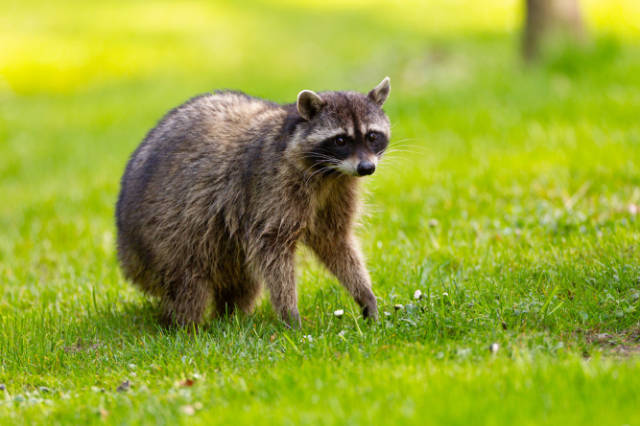
With their intelligence and dexterity, raccoons can be stubborn when looking for shelter and food. They often go after houses because they want easy access to attics and other cozy places. To keep raccoons from getting into your house, you need to find and seal up the places they usually get in. In this detailed guide, we’ll look at the most common ways raccoons get into homes and give you tips on how to keep them out. This will help you live in a place where raccoons don’t live.
Roof Vents: Ventilation Weakness
Roof vents are a popular way for raccoons to get into your home because they lead straight to your attic. Raccoons can get into your house by prying open or chewing through roof vents that are broken or not well-secured.
Solution: Cover roof vents with strong hardware cloth or mesh to keep raccoons out while letting the attic breathe.
Weaker Defenses: Soffits and Fascia
Raccoons can get into your home through the soffits and deck boards along the eaves. Raccoons are good at ripping and chewing through these weak spots to make holes they can use to get in.
Solution: Put metal or PVC on soffits and fascia boards to make it hard for rats to damage or break them.
Chimneys: Hidden Hideouts
Raccoons can hide in chimneys because they look like the holes in trees that they live in when they are in the wild. Raccoons can get in through open chimneys or by climbing up the sides of chimneys.
Install a strong chimney cap or cover to keep raccoons out while still letting the chimney breathe.
Attic Entry Points: Easy to Get In
Raccoons may be able to get in through louver vents or attic windows that don’t have the right protections. Raccoons can open these doors by pulling them off or pushing them away.
Solution: Put heavy-duty latches and locks on attic access points or build reinforced covers to keep raccoons from getting in.
Gaps and Cracks: Small Doors and Windows
Raccoons can use even tiny holes or cracks in your home’s exterior to get inside.
Solution: Check the outside of your home for any holes or openings often and fix them right away with caulk or weather-stripping.
Pet doors are like invitations to break in.
Raccoons may be able to get into your house through pet doors, especially if food is easy to get to inside.
Solution: Install pet doors with smart locks that only let in approved pets and keep out rats and other wild animals.
Garage Doors: Flawed Defenses
Raccoons looking for cover can get in through garage doors with holes or worn-out weather seals.
Fix or repair broken weather seals on garage doors to keep raccoons out. A tight seal will keep them out.
Cozy Nooks in Crawl Spaces
Raccoons looking for safe, quiet places to nest can be drawn to crawl spaces under houses.
Install wire mesh or hardware cloth over the openings to your crawl area to keep raccoons out.
To keep raccoons from breaking into your home, you need to be cautious and close off the places they usually get in. By putting up strong barriers over roof vents, soffits, and chimneys and closing gaps and cracks, you can make it much less likely that raccoons will get into your home. Adding reinforced covers or locks to attic entry points, pet doors, garage doors, and crawl spaces is another way to keep raccoons from breaking into your home. Taking these safety steps not only keeps your property from getting damaged, but also helps people and animals live together in peace. This makes sure that your home is safe and raccoon-free.
